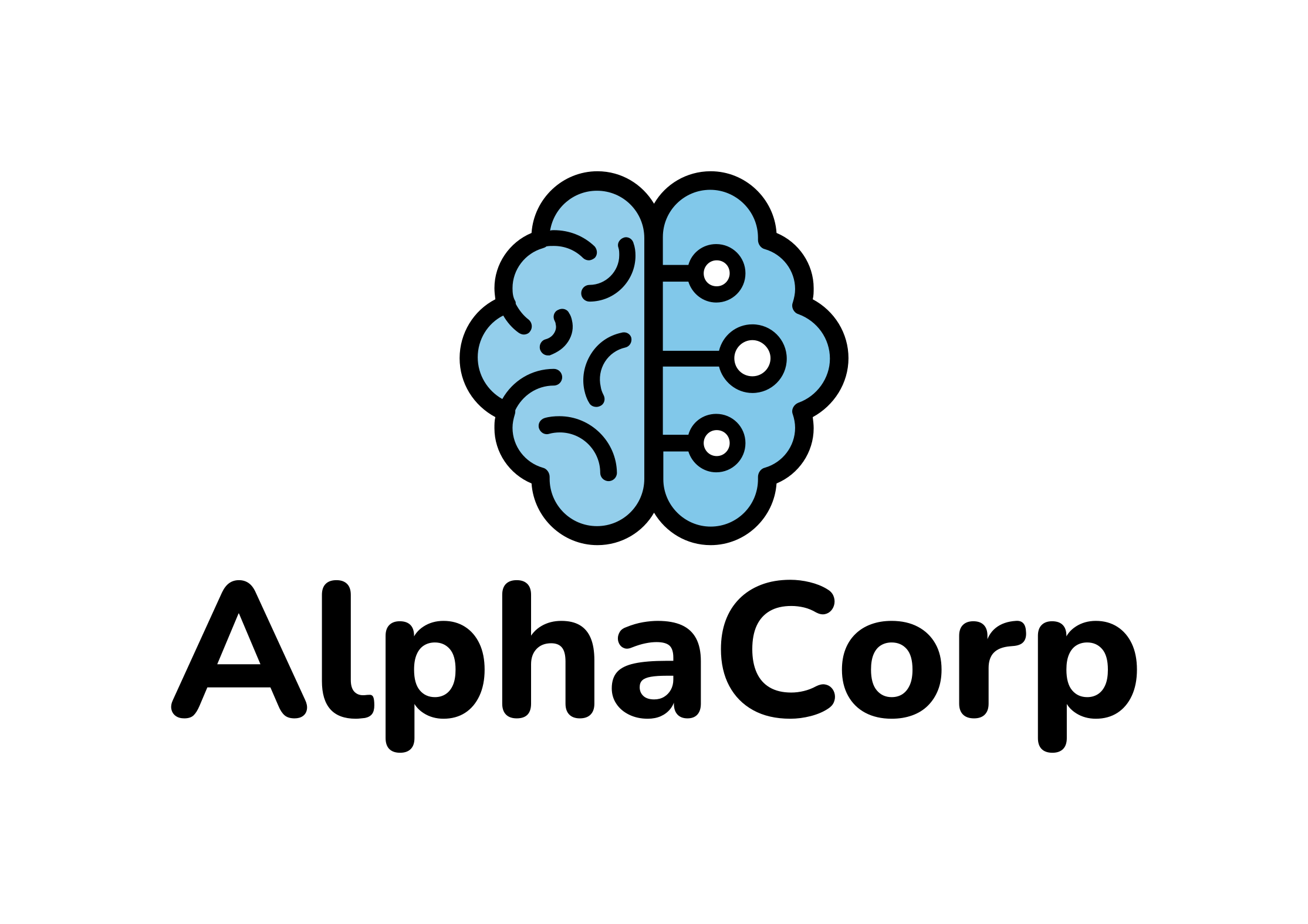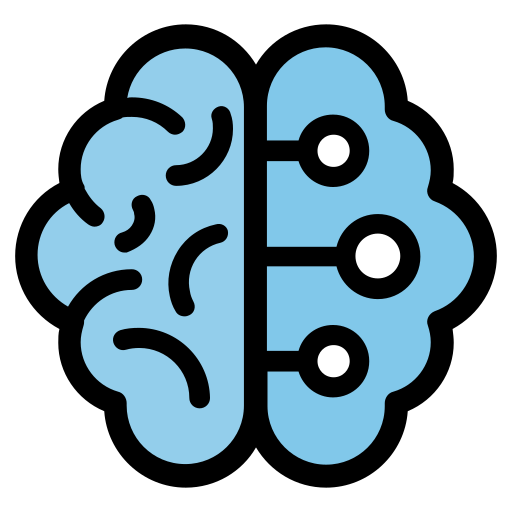Choosing the right AI chatbot can feel overwhelming when you see headlines about hundreds of millions of users and competing claims. If you need fast answers, advanced reasoning, or seamless integration with tools you already use, three names dominate in 2025: ChatGPT leads with 800 million weekly active users, Google Gemini surpassed 400 million monthly users, and Microsoft Copilot powers nearly 70 percent of Fortune 500 companies. This list walks through the five chatbots setting the pace on scale, performance, and real world value—so you can pick the one that fits your work or personal needs.
The Top AI Chatbots of 2025 Ranked by Impact
AI chatbots are no longer experiments. They are daily tools for millions of people across consumer and enterprise settings. By late 2025, the market split into a few clear leaders—each with distinct strengths in usage, platform integration, and proven results. Scale alone does not tell the whole story. We also weighed technical performance on harder reasoning tasks, cost and latency trade offs, privacy safeguards, and how well each chatbot fits into the platforms you already use.
1. ChatGPT (OpenAI)
ChatGPT is the most widely adopted chatbot, with a scale that few consumer services have ever reached. It serves as both a general purpose assistant for consumers and a developer platform with broad tooling support. OpenAI replaced GPT‑4 with GPT‑4o in April 2025, emphasizing speed and multimodality for most conversations. The newer o3 and o3‑pro models add proactive web browsing and deeper research behaviors, though at higher cost and latency.
In one measured comparison, o3‑pro took about 66 seconds versus 1.5 seconds for GPT‑4o and used over seven times more output tokens, raising total cost roughly 14 times on that task. Web search tokens for o3’s browsing feature are billed separately. For most chat tasks, GPT‑4o strikes a practical balance between speed and quality. Route to o3 or o3‑pro only when you truly need source cited, in depth research—because that extra capability comes with a price.
ChatGPT’s developer ecosystem also sets it apart. More than four million developers build on OpenAI, cementing it as the default platform for integrations, plugins, and custom workflows.
Action step: Start with ChatGPT’s free tier to test workflows, then upgrade to Plus or Team for faster responses and o3 access if your use cases demand it.
Best for: consumers seeking reliable answers and developers building AI powered tools.
2. Google Gemini
Google Gemini closed the gap fast. By May 2025, the Gemini app passed 400 million monthly active users, a meaningful catch up against ChatGPT’s lead. Traffic skews toward desktop use—about 68 percent—reflecting adoption among professionals and students. Direct navigation dominates, signaling strong brand recognition and habit formation.
Gemini’s biggest technical edge lies in Android. Gemini Nano runs on device via Android’s AICore system service, enabling low latency inference for privacy sensitive tasks without requiring a cloud round trip. Initial support on Pixel devices expanded to Samsung, Xiaomi, Motorola, Realme, and others. AICore updates models through Google Play, which simplifies fleet management for original equipment manufacturers and IT teams. For scenarios like summarizing on device content or answering questions offline, Gemini Nano reduces cloud dependency and latency variance.
Google’s product velocity is aggressive. Flash variants prioritize extremely high decoding throughput to boost user perceived responsiveness, while longer context multimodal models handle complex documents and images.
Action step: If you use Android heavily, enable Gemini integration to unlock on device speed and privacy for routine tasks.
Best for: Android users and organizations that value on device AI for privacy and low latency.
3. Microsoft Copilot
Microsoft Copilot is the enterprise default for AI integration. Nearly 70 percent of the Fortune 500 use Microsoft 365 Copilot, with notable seat expansions including 40,000 at Novartis and over 10,000 each at Barclays, Carrier Group, Pearson, and the University of Miami in a single quarter. Early customer cohorts expanded seats more than tenfold over 18 months, a growth rate few enterprise products match.
Copilot Chat is available at no additional cost for eligible Microsoft 365 subscriptions. Deeper integration into Outlook, Teams, Word, and Excel requires a Copilot add on license, which also unlocks access to the latest models. Microsoft indicates that state of the art language models power M365 Copilot, keeping pace with advances from OpenAI and others.
Governance changes in Windows 11 reduce risk exposure. Copilot in Windows is now an installable app rather than an OS feature, no longer performs system actions, and the Copilot key can be remapped. Microsoft Recall defaults to off, is uninstallable, and runs inside a secure enclave. These shifts favor enterprise control and audit needs.
Action step: If your organization already uses Microsoft 365, pilot Copilot with a small group and measure productivity gains before scaling.
Best for: enterprises invested in Microsoft 365 seeking seamless AI assistance across productivity apps.
4. Anthropic Claude
Claude earns its place through strong reasoning and coding performance, backed by reproducible evidence. Terminal-Bench’s adapter framework enables running agents across multiple benchmarks—including SWE-bench, AppWorld, DevEval, and EvoEval—via one harness with logging and parallelization. In validation runs, patches extracted from Terminal-Bench adapter outputs were graded with the official SWE-bench script, producing identical results. One example shows a Claude based agent scoring 66 percent on SWE-bench Verified under both original and adapter grading.
This parity matters because it strengthens trust in comparative claims. For enterprises that evaluate models head to head on tasks like code repair, multi step planning, and tool use reliability, Claude is a credible contender—especially when reproducibility is essential.
While Claude lacks public user metrics at the scale of ChatGPT or Gemini, its validated technical performance positions it as a strong second or third model in multi model strategies.
Action step: Run a head to head comparison between Claude and your current model on your most complex coding or reasoning tasks before committing.
Best for: developers and teams focused on coding, structured reasoning, and reproducible agent performance.
5. Apple Intelligence
Apple Intelligence redefines the assistant category by embedding AI deeply into iOS, iPadOS, and macOS rather than offering a standalone app. It uses on device models for speed and privacy, and Private Cloud Compute for larger requests. PCC features secure boot, attestation, and independent code inspection—extending device grade privacy guarantees to the cloud. User data is never stored or accessible to Apple under this architecture.
Deep OS level integration means writing tools, visual understanding, and Siri enhancements become default entry points for many tasks. Apple also integrates ChatGPT access for some experiences, recognizing complementary strengths. Although not a traditional chatbot brand, Apple Intelligence competes directly for user attention and task execution across Apple’s ecosystem.
For organizations standardized on Apple devices or with stringent data protection mandates, Apple’s privacy architecture is best in class among consumer assistants. The platform native placement is strategically powerful, shifting the calculus of when cloud chatbots are necessary.
Action step: Update to the latest iOS, iPadOS, or macOS version to enable Apple Intelligence features and test how often it handles tasks without needing external chatbots.
Best for: Apple users who prioritize privacy and seamless OS level integration over standalone chat interfaces.
How We Chose the Top AI Chatbots of 2025
We weighted three dimensions to rank these chatbots: adoption scale, technical performance, and platform fit. For usage, we prioritized recent reports from TechCrunch and direct company statements—ChatGPT’s 800 million weekly active users and Gemini’s 400 million monthly active users reflect real market traction. Microsoft’s earnings calls provided enterprise seat data, showing Copilot’s rapid penetration into large organizations.
On technical performance, we looked beyond marketing claims. Benchmarks like MMLU-Pro test reasoning over recall, and Terminal-Bench’s adapter parity runs validate coding performance with reproducible grading. Cost and latency trade offs matter in production. We examined measured comparisons showing that deeper reasoning modes can raise expenses ten to fifteen times on certain tasks, making routing policies essential.
Platform integration separates leaders from followers. Android’s AICore enables on device Gemini Nano inference. Microsoft’s enterprise controls in Windows 11 and M365 reduce governance friction. Apple’s Private Cloud Compute extends privacy to larger model calls. These are not just features—they are architectural choices that determine where and how chatbots fit into daily workflows.
Supporting criteria at a glance:
- Market adoption: Weekly or monthly active users, enterprise seat counts, Fortune 500 penetration
- Technical validation: Performance on reasoning benchmarks (MMLU-Pro), reproducible agent evaluations (Terminal-Bench)
- Economic realism: Measured latency and token usage comparisons, cost per task transparency
- Platform depth: On device inference (Gemini Nano), OS native assistants (Apple Intelligence), enterprise governance (Copilot in Windows)
- Privacy and security: Attestation models (Private Cloud Compute), secure enclaves (Microsoft Recall), on device processing
Why It Matters
The chatbot you choose shapes how you work, create, and solve problems every day. Scale gives you confidence that a product will stick around and keep improving. Technical rigor ensures that performance claims are real, not just polished demos. And platform integration determines whether AI feels like a helpful assistant or another app competing for attention.
ChatGPT leads on reach and developer momentum. Gemini gains ground with on device speed and Android distribution. Copilot wins on enterprise fit and governance. Claude stands out for reproducible coding and reasoning strength. Apple Intelligence changes the game by making the assistant invisible—embedded so deeply in the OS that you might forget you are using AI at all.
This is not a temporary shift. These five chatbots represent different bets on where value lives: in the cloud, on the device, inside your productivity suite, or woven into your operating system. The right choice depends on your platform, your privacy needs, and how much you value speed versus depth.
If you picked one today and your needs change next quarter, you can switch. But starting with the chatbot that fits your context best will save time, reduce friction, and help you see value faster. That is why understanding the strengths and trade offs of each option matters now—before you invest workflows, train teams, or build dependencies.

